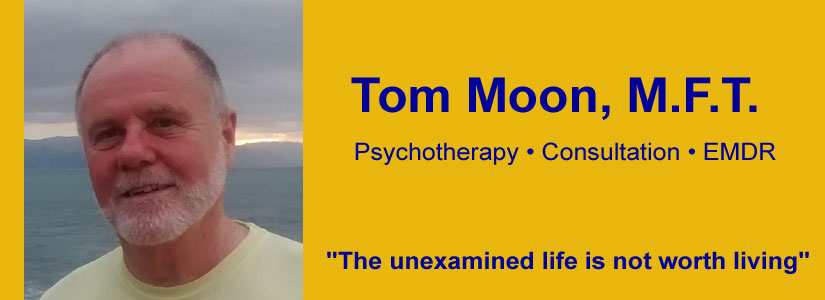Rubin and his partner Alan, the couple I’ve been discussing in this series on effective speech, are trying to resuscitate their dying relationship by doing couple counseling. They genuinely love one another, but they’ve become lost in a downward spiral of destructive and hostile speech which they know will doom their relationship if things don’t change.
This time I want to discuss three simple guidelines which may help them turn things around. The first is to listen effectively; and the other two are to practice saying only those things which are truthful and beneficial.
Appropriate speech is only one half of effective communication. The other half is effective listening. Rubin and Alan have stopped hearing one another. While Rubin speaks, Alan silently rehearses his counter-attack, and vice versa; for both of them “listening” doesn’t mean hearing; it means looking for weaknesses and vulnerabilities in order to acquire ammunition to get the upper hand. But effective listening means listening with the intention to understand, not to win.
Active listening involves overcoming the ego’s natural drive to be center stage; and instead to move over and share the “air time.” I ask Rubin and Alan to practice this exercise: When one of them speaks, the other listens with the sole goal of feeding back what they’ve heard by re-stating it in their own words. The exercise involves resisting the impulse to “correct the record” or to argue, and only to ask questions or make comments which lead to more accurate understanding of what they’ve heard. Each of them is to avoid responding to what’s been said until the other is satisfied that he has been heard and that his point of view or grievance has been understood. And when it’s time to respond, I ask them to follow two guidelines — to say only what is truthful and beneficial.
“Truthful” doesn’t mean being truthful the way they tell the truth on the Jerry Springer show. There is no point in “telling the truth” if you say it in a way that the other person can’t hear it. If we want to be truthful effectively, we have to be mindful to say it in a way that isn’t impulsive, inflammatory, exaggerated or out of context. To be effective, truthful speech should also be timely. It’s important to make sure there is some chance that the listener is in an emotional place where they’re likely to be able to take in what is being said. Effective speech isn’t just about being factual, with no consideration of the impact on the other person.
There’s also not much point in speaking – even if you believe it’s the truth — if you know that the effect of your words is going to be to cause pain or create more disharmony. I ask Rubin and Alan to practice asking themselves before they say anything to each other “Is what I’m about to say likely to cause more pain or less pain?” When they try asking themselves this question, they’re both surprised to discover that they almost always know the answer as soon as they ask it.
One of the things I’ve personally learned from trying to follow these guidelines myself is how skilled I am at harmful speech. We all have huge arsenals of verbal weapons for doing harm with our tone and words —self-righteousness, irritation, edginess and impatience; caustic, sarcastic or withering tones; condescension, name-calling, ridicule, humiliation, and argumentativeness; sighs and eye rolls; prosecutorial questions, high-handedness, put-downs, and on and on. What a way to live! No one really wants to live like this, even though to one degree or another most of us think we have to. But as Rubin and Alan work at saying only what is beneficial, they each begin to see that it is in their best interest if they give the other person no reason to be afraid. When they both know that they don’t have to be constantly on guard in each other’s presence, every aspect of their relationship improves.
To sum up, there are three simple guidelines for effective communication which, if we practice them diligently, can do much to bring more harmony into our relationships: listen, tell the truth, and do no harm.
